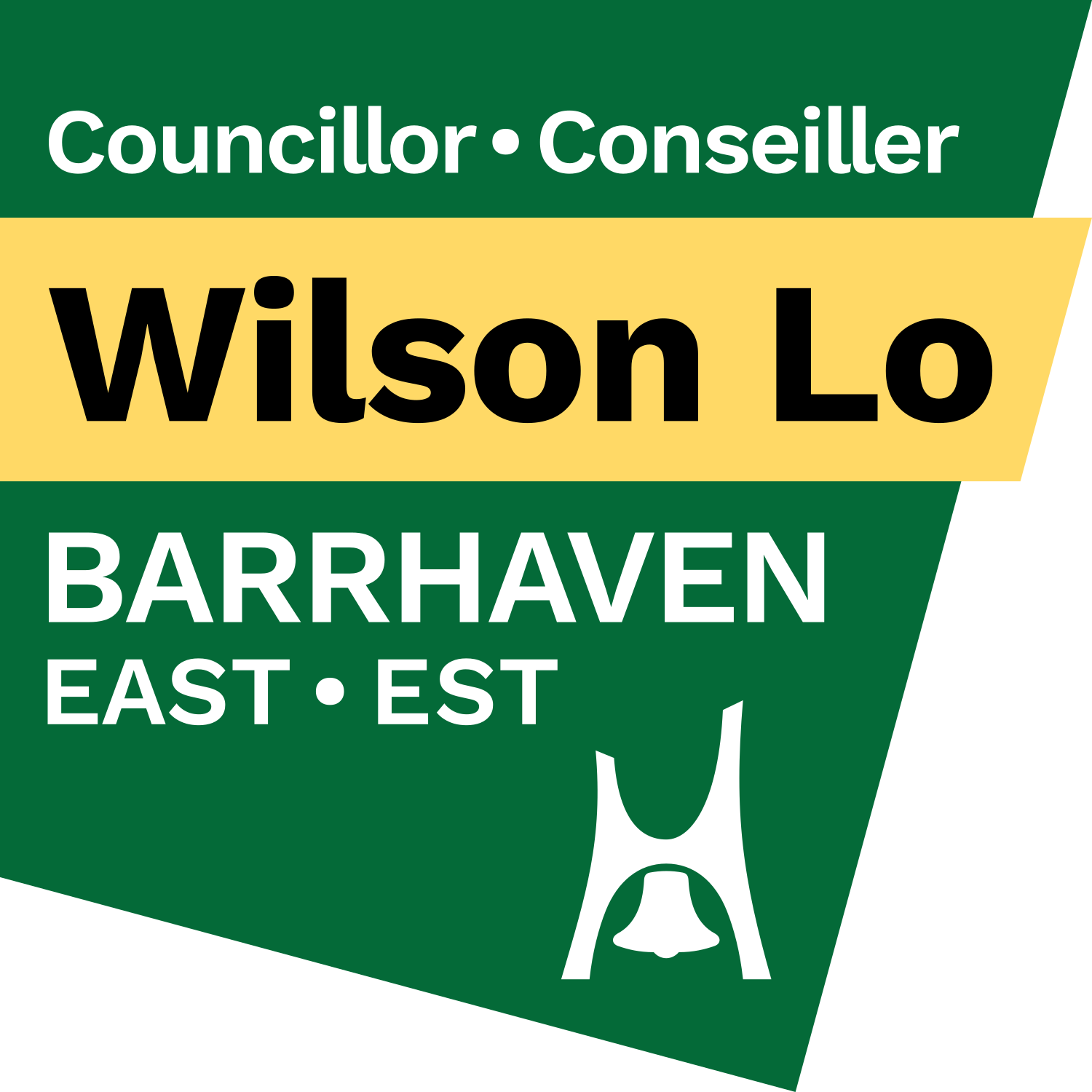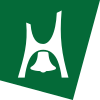Weekly newsletter: May 16, 2023
Given we just went through a very short long weekend, let’s talk about something lighter… street name signs.
Look up, look way up!
Okay, maybe not too far up, but have you noticed new versions of overhead street name signs (mounted to traffic light posts and masts) across the city?
Most in the city are familiar with the signs that feature the Ottawa “O” that have been used since amalgamation. These were designed quickly shortly after the new city found its corporate branding and used it everywhere, including the selected corporate typeface, Frutiger.
The quick turnaround in design meant some factors to enhance the legibility of road signs were overlooked, including typeface, negative spacing, and how condensed the font is.
The original new City of Ottawa overhead street name signs are blue with a white circle featuring the Ottawa “O” to the side of the street name, depending on space requirements.
Street names are set in a condensed version of Frutiger, using lowercase lettering, extending to the outer boundaries of the sign. Where the street name contains letters with descenders below the font baseline (small g, j, p, q, y), an extra section of sign is added to accommodate it. In some cases, “taller” signs were used for those street names, like Berrigan and Rocky Hill.
The lettering extended to the old design’s outer boundary meant there was no negative spacing around the street name. In signage design, negative spacing is the unused space, including surrounding the text and images on the sign.
Negative spacing acts as a “frame” for the text or images and improves legibility, distinguishing it from the surrounding environment, especially at locations that are visually busy.
Lastly, the font used is a heavy condensed (bold and narrow) version of the Frutiger typeface with very little kerning (spacing between letters). Although Frutiger is amongst the most legible typefaces, a bold and narrow version with very little kerning is not ideal for road usage.
With the above-noted deficiencies, a new design for overhead street name signs was unveiled last summer. These new signs use a new typeface and font, proper kerning, and negative spacing to address.
The new signs use Clearview, a signage standard typeface (along with Highway Gothic, used on MTO signs) used across North America. Locally, the typeface is used on overhead signs on autoroutes in Quebec.
Clearview is a typeface designed specifically for highway usage and was originally intended to replace Highway Gothic. It has been adapted into standard usage by various transport authorities in North America and across the world.
The new signs are slowly being phased in as older signs are replaced, or as new overhead street name signs are introduced to new locations.
Logistically, the new overhead street name signs are also mounted using pivot mounts, which allow crews to level the signs after it has been mounted. The older signs needed their levels determined before mounting so hardware of the right length could be brought onto site.
In Barrhaven East, these have been installed on northbound Woodroffe at Longfields and on Strandherd at Crestway in both directions. Elsewhere, southbound Woodroffe at Medhurst and eastbound Hunt Club at Lorry Greenberg also bear these new signs.
Take notice of these signs (if it’s safe, of course) next time you’re out and about. Staff and I always welcome your feedback about the new signs, the use of Clearview, the size and weight of the font, visibility, etc.
Enjoy your week, and we’ll chat again next week!



